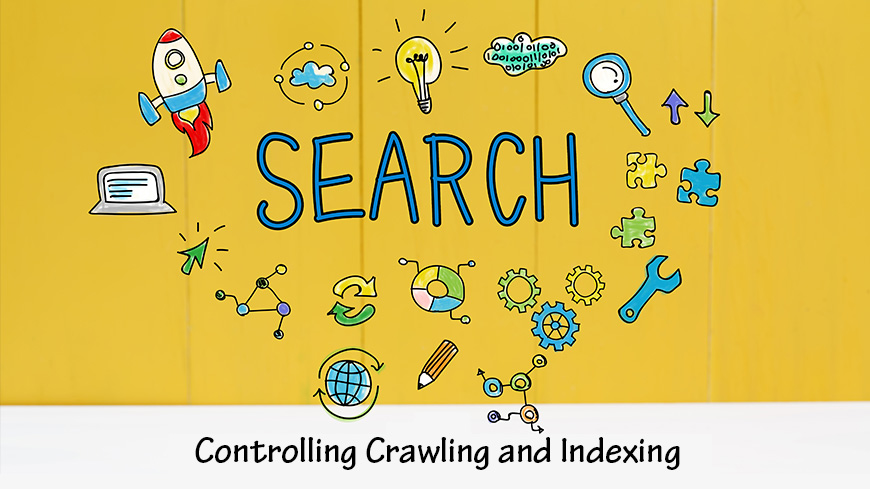If you’re in the world of SEO, understanding how search engines work is fundamental. In this blog post, we’ll dive into the critical distinctions between two core processes that search engines rely on to discover and rank web pages: crawling and indexing.
Crawling: The Path to Discovery
Crawling is the initial step in the search engine journey. It’s the process by which search engines find new web pages and identify updates on existing ones. To achieve this, search engines employ automated programs known as crawlers or spiders. These digital arachnids venture across the web, following links from one page to another. As they traverse the internet, they not only discover web pages but also collect valuable data, including keywords, images, videos, meta tags, and more.
Crucially, crawling isn’t a one-and-done event; it’s an ongoing background activity. Search engines continually crawl the web to maintain their index’s currency and uncover fresh content that aligns with user queries.
Indexing: The Organized Catalog
Indexing is where the collected information from crawling finds its home. Think of it as a vast catalog of web pages, meticulously organized in a database known as an index. This index is the powerhouse that enables search engines to deliver relevant and speedy results to users.
During indexing, the data harvested by crawlers undergo scrutiny. Search engines analyze aspects like content, structure, and quality of each page. They employ complex algorithms and ranking factors to determine which pages best suit specific queries and how to order them in search results.
Similar to crawling, indexing isn’t a one-off task either. It’s a dynamic process that adapts as new pages are crawled and old ones are refreshed or deleted. Frequent updates to the index ensure that search engines stay current, offering users the most accurate and up-to-date results.
The Symbiotic Relationship
Crawling and indexing aren’t solitary tasks; they work hand-in-hand to enable search engines to find and rank web pages effectively. Crawling initiates the process by discovering new pages and updates, while indexing follows up by storing and organizing this data.
Without crawling, search engines would remain oblivious to new and updated web content. Without indexing, they’d struggle to provide users with relevant and rapid search outcomes.
For your website to perform well in search engine rankings, you must ensure that your pages are both crawlable and indexable. Here are some best practices to make this happen:
- Logical Site Structure: Create a clear and logical site structure, enriched with internal links to aid crawlers.
- Optimized Content: Ensure URLs, titles, headings, and meta tags are descriptive and pertinent to your content.
- High-Quality Content: Offer top-notch, original content that aligns with your audience’s intent.
- Sitemaps and Robots.txt: Utilize sitemaps and robots.txt files to guide crawlers efficiently.
- Performance Optimization: Enhance site speed and mobile-friendliness.
- Avoid Common Issues: Steer clear of duplicate content, broken links, and crawl errors.
By adhering to these best practices, you enhance your site’s crawlability and indexability, ultimately boosting its visibility and ranking on search engines.


